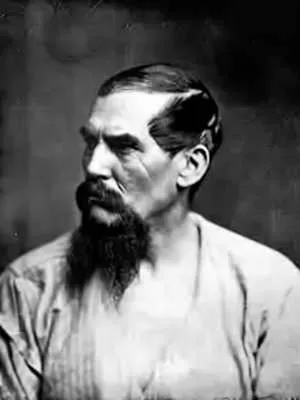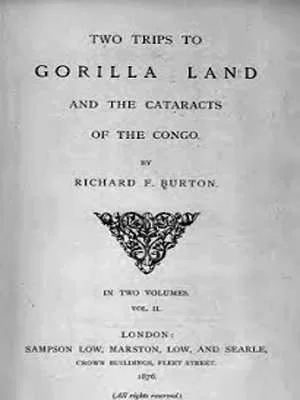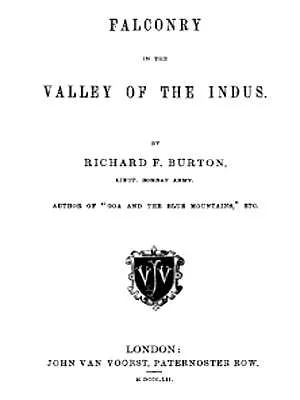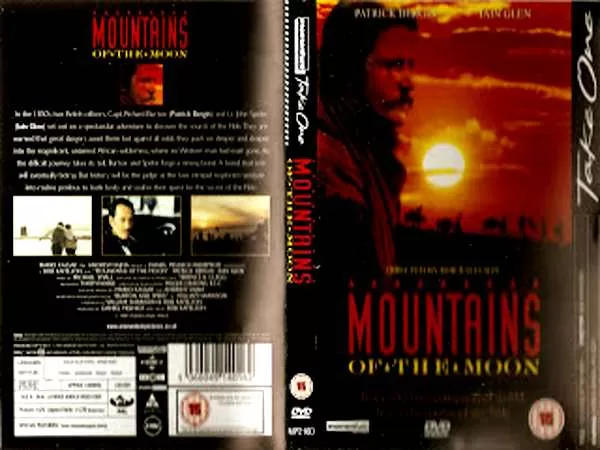Meet ‘Ruffian Dick’
When you hear the name Richard Burton, you might think of the famous Welsh actor known for his powerful voice, tumultuous relationship with Elizabeth Taylor, and numerous Oscar nominations. However, the name Richard Burton also belongs to one of the most extraordinary Victorian explorers and polymaths—Captain Sir Richard Francis Burton, a man whose adventurous spirit and daring escapades earned him the nickname “Ruffian Dick.”
Early Life of Richard Francis Burton: A Linguistic Prodigy
Born in 1821, Richard Francis Burton led a life that reads like a swashbuckling adventure novel. His father, an Anglo-Irish officer in the British Army, moved the family across Europe, exposing young Richard to various cultures and languages. This early exposure sparked his remarkable talent for languages; by adulthood, Burton could fluently speak and write in over 29 languages, including Arabic, Hindi, and Persian.

After being expelled from Oxford University, Burton joined the East India Company’s army, where he began to make a name for himself not only as a skilled linguist but also as a fierce warrior. His fellow soldiers dubbed him “Ruffian Dick” for his fearless nature, superb swordsmanship, and a seeming affinity for the cultures in which he immersed himself—so much so that some of his peers accused him of “going native.”
Disguises, Dangerous Expeditions, and Daring Feats
One of Burton’s most famous exploits occurred in 1853 when he disguised himself as a Pashtun and successfully undertook the Hajj pilgrimage to Mecca—a journey strictly forbidden to non-Muslims and punishable by death if discovered. Burton dyed his skin with walnut juice, adopted local customs, and moved undetected through the heart of Islam. This daring feat established his reputation as one of the most audacious explorers of his time.

The following year, Burton again risked his life by becoming the first European to enter the forbidden city of Harar in modern-day Ethiopia. Instead of disguising himself, this time Burton simply forged a letter of introduction, rode up to the city gates in his military uniform, and requested entry—a bold move that worked in his favor.
However, not all of Burton’s adventures were so successful. In 1854, while leading an expedition in Africa with fellow explorer John Hanning Speke, Burton was severely injured when Somali tribesmen ambushed their party. A javelin pierced his face, leaving a scar that he would carry for the rest of his life. Despite the attack, Burton’s resolve remained unshaken, and he continued his explorations in Africa, including the search for the source of the Nile.
A Legacy of Quarrels, Translations, and Controversies
Burton’s partnership with Speke deteriorated during their grueling expedition to discover an “inland sea,” which led to the exploration of Lakes Tanganyika and Victoria. The rivalry between the two men persisted long after their return to England, marking one of the great feuds in the history of exploration. Their groundbreaking work, however, laid the foundation for future explorers like Livingstone and Stanley.

In 1861, Burton married Isobel Arundell, and the couple embarked on a series of travels together as Burton took up various diplomatic posts. Despite his career demands, Burton remained a prolific writer and translator. His most famous literary contribution is his sixteen-volume edition of The Book of the Thousand and One Nights (commonly known as The Arabian Nights), which he annotated with extensive footnotes based on his vast knowledge of the East. However, his unflinching approach to translating even the most explicit content led to accusations of obscenity, especially when he later published editions of the Kama Sutra and The Perfumed Garden.
Man Behind the Myth
Burton’s death in 1890 did not mark the end of his controversial legacy. His wife, Isobel, burned many of his papers, fearing they might tarnish his reputation. Burton’s life was a mix of brilliance and brashness, of respect for the cultures he studied and a readiness to defy societal norms. His final resting place is in Mortlake, where he lies in a tomb shaped like a Bedouin tent—a fitting tribute to a man who lived his life as a perpetual wanderer.
For those interested in exploring Burton’s works and legacy further, the website burtoniana.org is a treasure trove of his writings. Be warned, though—a quick visit may turn into hours of engrossed reading.

